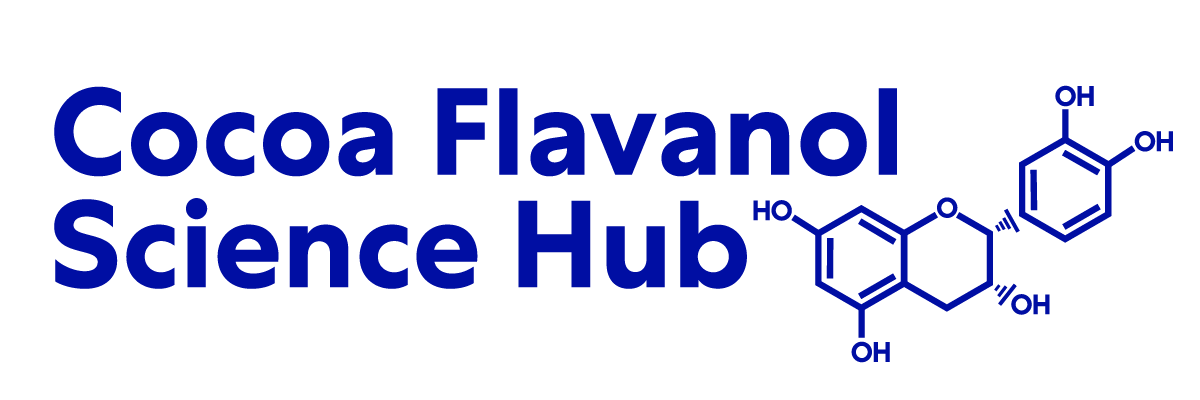Influence of flavan-3-ols and procyanidins on UVC-mediated formation of 8-oxo-7,8-dihydro-2'-deoxyguanosine in isolated DNA
The flavan-3-ols (-)-epicatechin (epicatechin) and (+)-catechin (catechin) and their related oligomers (procyanidins) isolated from cocoa were assayed for their capacity to inhibit the UVC-mediatedformation of 8-oxo-7,8-dihydro-2'-deoxyguanosine (oxo(8)dG) in calf thymus DNA. The above-mentioned compounds inhibited oxo(8)dG production in a concentration- and time-dependent manner. After 30 min of irradiation (30 kJ/m(2)), 0.1, 1.0, 10, and 100 microM epicatechin inhibited oxo(8)dG formation by 20, 36, 64, and 74%, respectively. For the same dose of UVC, 0.1, 1.0, 10, and 100 microM catechin inhibited oxo(8)dG formation by 1, 23, 50, and 70%, respectively. Epicatechin was more efficient than catechin with respect to inhibiting oxo(8)dG formation (IC(50) 1.7 +/- 0.7 vs 4.0 +/- 0.7 microM). Monomer, tetramer, and hexamer fractions were equally effective in inhibiting oxo(8)dG formation when assayed at 10 microM monomer equivalent concentration. At similar concentrations (1-50 microM), the inhibition of the UVC-mediated oxo(8)dG formation byflavan-3-ols and procyanidins was in the range of that of alpha-tocopherol, Trolox, ascorbate, and glutathione. These results support the concept that flavan-3-ols and their related procyanidins can protect DNA from oxidation at concentrations that can be physiologically relevant. Both epimerism and degree of oligomerization are important determinants of the antioxidant activity of flavan-3-olsand procyanidins.
See the Full Study > (opens in a new tab)









